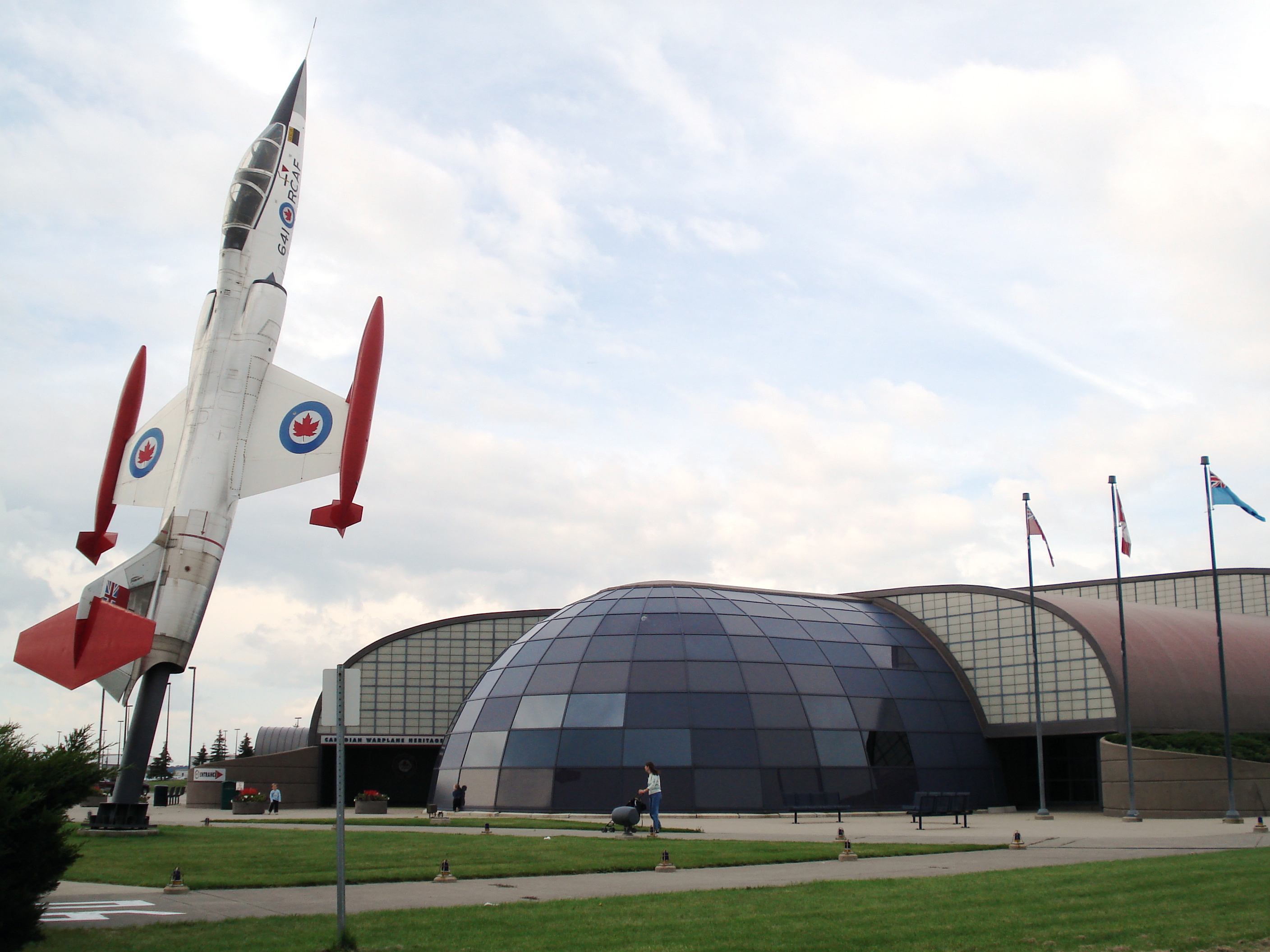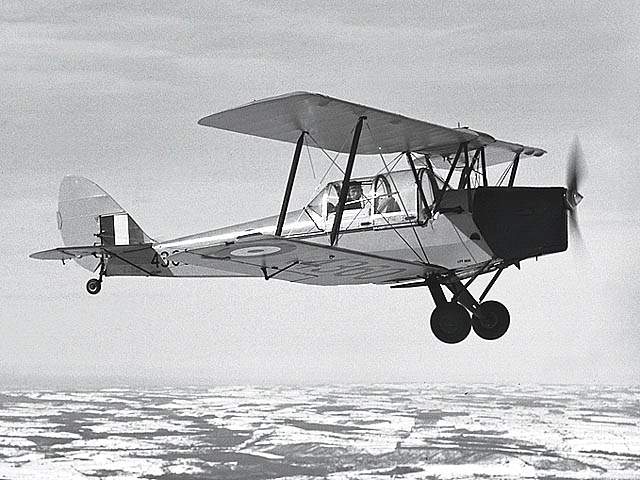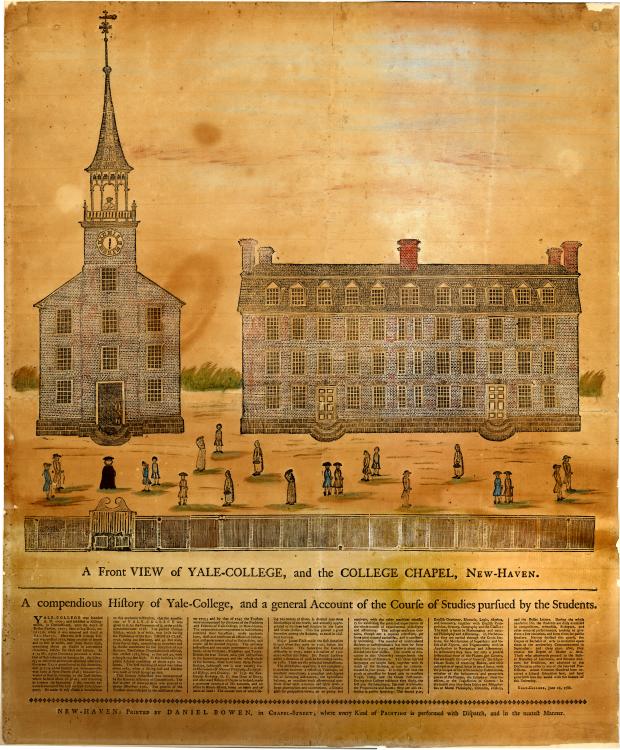|
North American NA-64 Yale
The North American NA-64 (NA-64 P-2 or NAA-64 P-2 in French service, Yale in Canadian service) is a low-wing single piston engine monoplane advanced trainer aircraft that was built for the French Air Force and French Navy, served with the Royal Canadian Air Force, and with the Luftwaffe as a captured aircraft during World War II. Design and development Ordered as a follow-on to the NA-57 as a two-seat advanced trainer, the NA-64 P-2/NAA-64 P-2 represented a major structural improvement, with a longer all-metal fuselage replacing the fabric covered fuselage of the NA-57. As well as metal skin replacing the fabric on the fuselage, the fin was changed from having a corrugated skin to being a smooth stressed skin structure and was moved slightly aft, lengthening the rear fuselage while the engine was moved forward to maintain the center of gravity. The rudder was also changed from the rounded shape used previously to one with a roughly triangular shape with the broadest part being at ... [...More Info...] [...Related Items...] OR: [Wikipedia] [Google] [Baidu] |
Canadian Warplane Heritage Museum
The Canadian Warplane Heritage Museum is an aviation museum located at the John C. Munro Hamilton International Airport in Mount Hope, Ontario, Canada. The museum has 47 military jets and propeller-driven aircraft on display. Displayed is a collection of Canadian military aircraft, many in flying condition. The museum is also restoring several Second World War and Cold War aircraft, including a TBM Avenger a De Havilland Canada built S-2 Tracker and a Bristol Bolingbroke. The flying collection performs at air shows and is made available for local flights by museum visitors. The Avro Lancaster flown by the museum is one of only list of surviving Avro Lancasters, two airworthy Lancasters in the world. Known as the Mynarski Memorial Lancaster in honour of Pilot Officer Andrew Charles Mynarski, it is painted in the markings of his aircraft. History After pooling their money to purchase a Fairey Firefly, Dennis Bradley, Peter Matthews, Alan Ness, and John Weir moved the aircraft in ... [...More Info...] [...Related Items...] OR: [Wikipedia] [Google] [Baidu] |
Zirkus Rosarius
''Zirkus Rosarius'' (also known as the ''Wanderzirkus Rosarius'') was an ''Erprobungskommando''-style special test unit of the Luftwaffe, specifically of the Luftwaffe High Command, tasked with testing captured British and American aircraft, all of which were repainted in German markings. The purpose of testing allied aircraft was to discover any strengths or vulnerabilities in their design or performance. This information was highly useful in enabling German service personnel to develop tactics designed to counter strengths and exploit any vulnerabilities. The unit was formed by Theodor Rosarius in 1943 and was part of the ''2.Staffel/Versuchsverband Oberbefehlshaber der Luftwaffe'' (second squadron of the Experimental Unit of Luftwaffe High Command). The Zirkus also toured operational airfields showing Luftwaffe pilots the captured aircraft and training them in techniques to counter these aircraft. The ''Zirkus Rosarius'' seemed to have merited the use of its own ''Geschwade ... [...More Info...] [...Related Items...] OR: [Wikipedia] [Google] [Baidu] |
Captains Of The Clouds
''Captains of the Clouds'' ( ''Shadows of Their Wings'') is a 1942 American war film in Technicolor, directed by Michael Curtiz and starring James Cagney. It was produced by William Cagney (Cagney's brother), with Hal B. Wallis as executive producer. The screenplay was written by Arthur T. Horman, Richard Macaulay, and Norman Reilly Raine, based on a story by Horman and Roland Gillett. The cinematography was by Wilfred M. Cline and Sol Polito and was notable in that it was the first feature-length Hollywood production filmed entirely in Canada. The film stars James Cagney and Dennis Morgan as Canadian pilots who do their part in the Second World War, and features Brenda Marshall, Alan Hale Sr., George Tobias, Reginald Gardiner, and Reginald Denny in supporting roles. The title of the film came from a phrase used by Billy Bishop, the First World War fighter ace, who played himself in the film.Mackey, Doug"North Bay's Big Movie - Captains of the Clouds 1941" pastforward.ca, ... [...More Info...] [...Related Items...] OR: [Wikipedia] [Google] [Baidu] |
Fleet Fort
The Fleet Model 60K Fort was the only aircraft designed and built by Canadians during the Second World War and was also the first all-metal monoplane built by Fleet Aircraft of Canada ( Fort Erie). It was intended to be an intermediate trainer employed for pilot training between the de Havilland Tiger Moth primary trainer and the North American Harvard advanced trainer. Although it served with the British Commonwealth Air Training Plan, the Fort was redundant and was used to train wireless (radio) operators and had a relatively short operational career. Design and development The Fort was originally designed as an advanced flying trainer and in 1940 orders were placed for 200 to be built for the British Commonwealth Air Training Plan. The Fleet 60 was designed as a monoplane with a low elliptical wing and a raised rear cockpit. An unusual feature was the fixed undercarriage. Although fixed, the undercarriage was fitted with a retractable fairing. This feature was intended to fa ... [...More Info...] [...Related Items...] OR: [Wikipedia] [Google] [Baidu] |
Radio
Radio is the technology of communicating using radio waves. Radio waves are electromagnetic waves of frequency between 3 hertz (Hz) and 300 gigahertz (GHz). They are generated by an electronic device called a transmitter connected to an antenna which radiates the waves. They can be received by other antennas connected to a radio receiver; this is the fundamental principle of radio communication. In addition to communication, radio is used for radar, radio navigation, remote control, remote sensing, and other applications. In radio communication, used in radio and television broadcasting, cell phones, two-way radios, wireless networking, and satellite communication, among numerous other uses, radio waves are used to carry information across space from a transmitter to a receiver, by modulating the radio signal (impressing an information signal on the radio wave by varying some aspect of the wave) in the transmitter. In radar, used to locate and track ob ... [...More Info...] [...Related Items...] OR: [Wikipedia] [Google] [Baidu] |
Fleet Finch
The Fleet Finch (Fleet Model 16) is a two-seat, tandem training biplane produced by Fleet Aircraft of Fort Erie, Ontario. There were a number of variants mainly based on engine variations. Over several years beginning in 1939, a total of 447 Finches were built, nearly all (431) of them for use as elementary trainers in the British Commonwealth Air Training Plan (BCATP) during the World War II, Second World War. Design and development The Fleet 16B Finch II was a progressive development of the original Consolidated Fleet primary trainer (Fleet 10), manufacture of which commenced in Canada by Fleet Aircraft in 1930. After a Royal Canadian Air Force (RCAF) evaluation in 1938 recommended a number of changes, a total of 431 Finch trainers were built for the RCAF between 1939 and 1941. The aircraft had conventional construction for the period with a welded steel-tube fuselage having Warren truss structure for its sides; and composite metal, wood and fabric design features, with Ail ... [...More Info...] [...Related Items...] OR: [Wikipedia] [Google] [Baidu] |
De Havilland Tiger Moth
The de Havilland DH.82 Tiger Moth is a 1930s British biplane designed by Geoffrey de Havilland and built by the de Havilland, de Havilland Aircraft Company. It was operated by the Royal Air Force (RAF) and other operators as a primary trainer (aircraft), trainer aircraft. In addition to the type's principal use for ''ab initio'' training, the World War II, Second World War had RAF Tiger Moths operating in other capacities, including Maritime patrol aircraft, maritime surveillance and defensive anti-invasion preparations; some aircraft were even outfitted to function as armed light bombers. The Tiger Moth remained in service with the RAF until it was replaced by the de Havilland Canada DHC-1 Chipmunk, de Havilland Chipmunk during the early 1950s. Many of the military surplus aircraft subsequently entered into civilian operation. Many nations have used the Tiger Moth in both military and civilian applications, and it remains in widespread use as a recreational aircraft. It is s ... [...More Info...] [...Related Items...] OR: [Wikipedia] [Google] [Baidu] |
Yale University
Yale University is a Private university, private Ivy League research university in New Haven, Connecticut, United States. Founded in 1701, Yale is the List of Colonial Colleges, third-oldest institution of higher education in the United States, and one of the nine colonial colleges chartered before the American Revolution. Yale was established as the Collegiate School in 1701 by Congregationalism in the United States, Congregationalist clergy of the Connecticut Colony. Originally restricted to instructing ministers in theology and sacred languages, the school's curriculum expanded, incorporating humanities and sciences by the time of the American Revolution. In the 19th century, the college expanded into graduate and professional instruction, awarding the first Doctor of Philosophy, PhD in the United States in 1861 and organizing as a university in 1887. Yale's faculty and student populations grew rapidly after 1890 due to the expansion of the physical campus and its scientif ... [...More Info...] [...Related Items...] OR: [Wikipedia] [Google] [Baidu] |
British Military Aircraft Designation Systems
British military aircraft designations are used to refer to aircraft types and variants operated by the armed forces of the United Kingdom. Since the end of the First World War, aircraft types in British military service have generally been known by a service name (e.g. 'Spitfire'), with individual variants recognised by mark numbers, often in combination with a letter to indicate the role. This is in contrast to identification systems used in countries such as the United States, where an aircraft type is primarily identified by an alphanumeric designation. The British military aircraft designations (e.g. 'Spitfire Mark V' or 'Hercules C3') should not be confused with the military aircraft registration (also known as its "serial") used to identify individual aircraft (e.g. XR220), nor with U.S. aircraft designations (e.g. C-5, C-17, MQ-9) or manufacturer's designations (e.g. Sikorsky S-58, Jaguar B, WS-61, AW139, WAH-64), though mark numbers were used to indicate aircraft ... [...More Info...] [...Related Items...] OR: [Wikipedia] [Google] [Baidu] |
British Commonwealth Air Training Plan
The British Commonwealth Air Training Plan (BCATP), often referred to as simply "The Plan", was a large-scale multinational military aircrew training program created by the United Kingdom, Canada, Australia and New Zealand during the Second World War.Hayter, Steven"History of the Creation of the British Commonwealth Air Training Plan." ''British Commonwealth Air Training Plan Museum,'' Retrieved: 18 October 2010. The BCATP remains one of the single largest aviation training programs in history and was responsible for training nearly half the pilots, navigators, bomb aimers, air gunners, wireless operators and flight engineers who served with the Royal Air Force (RAF), Royal Navy Fleet Air Arm (FAA), Royal Australian Air Force (RAAF), Royal Canadian Air Force (RCAF) and Royal New Zealand Air Force (RNZAF) during the war. Trainees from many other countries attended schools under the Plan, including Rhodesia, Argentina, Belgium, Ceylon, Czechoslovakia, Denmark, Finland, Fiji, ... [...More Info...] [...Related Items...] OR: [Wikipedia] [Google] [Baidu] |
British Purchasing Commission
The British Purchasing Commission was a United Kingdom organisation of the Second World War. Also known at some time as the "Anglo-French Purchasing Board", it was based in New York City, where it arranged the production and purchase of armaments from North American manufacturers. After the 1940 French Surrender it became the 'British Purchasing Commission'. The Commission was also responsible for taking over orders that had originally been placed by France, Belgium, and later by Norway, after the capitulation of those countries. The Board was able to arrange purchases in spite of the Neutrality Acts via " Cash and Carry", paying for the materiel with Britain's gold reserves. The Board had been established before the war buying aircraft such as the Lockheed Super Electra. Facing an aeroplane shortage during the early stages of World War II, in January 1940, the British government established the British Direct Purchase Commission to purchase US planes that would help supplement ... [...More Info...] [...Related Items...] OR: [Wikipedia] [Google] [Baidu] |






